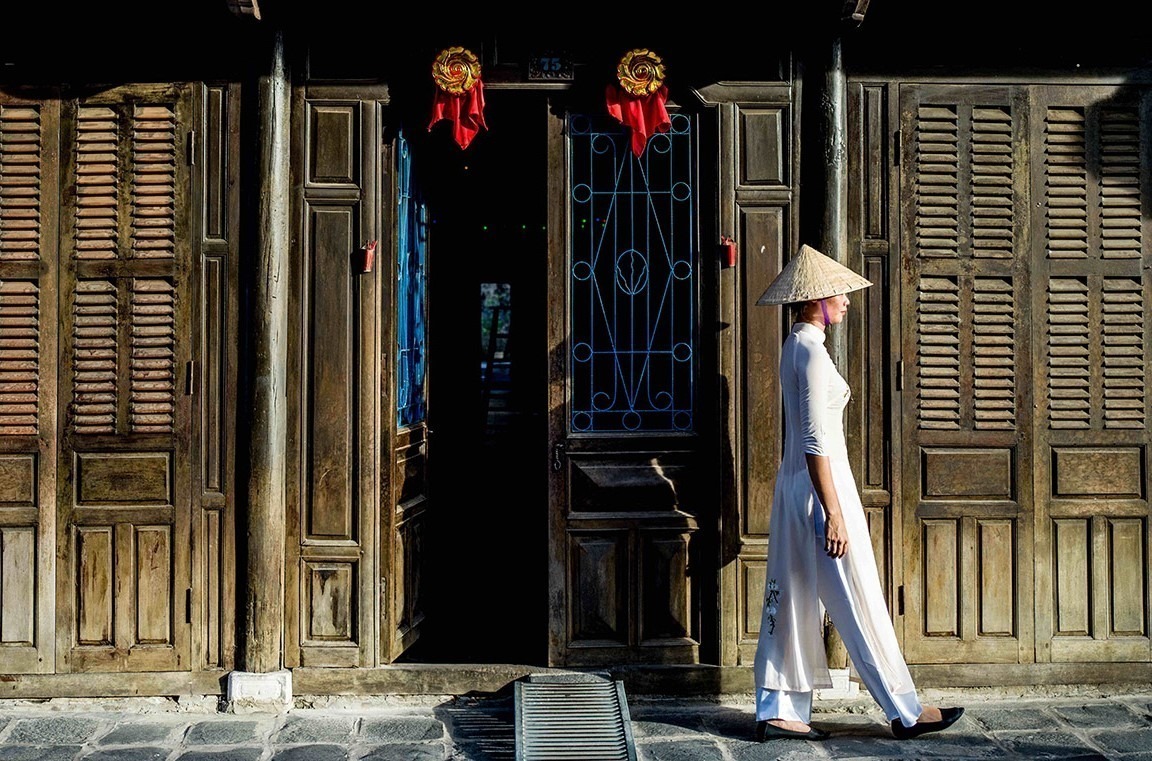HUE
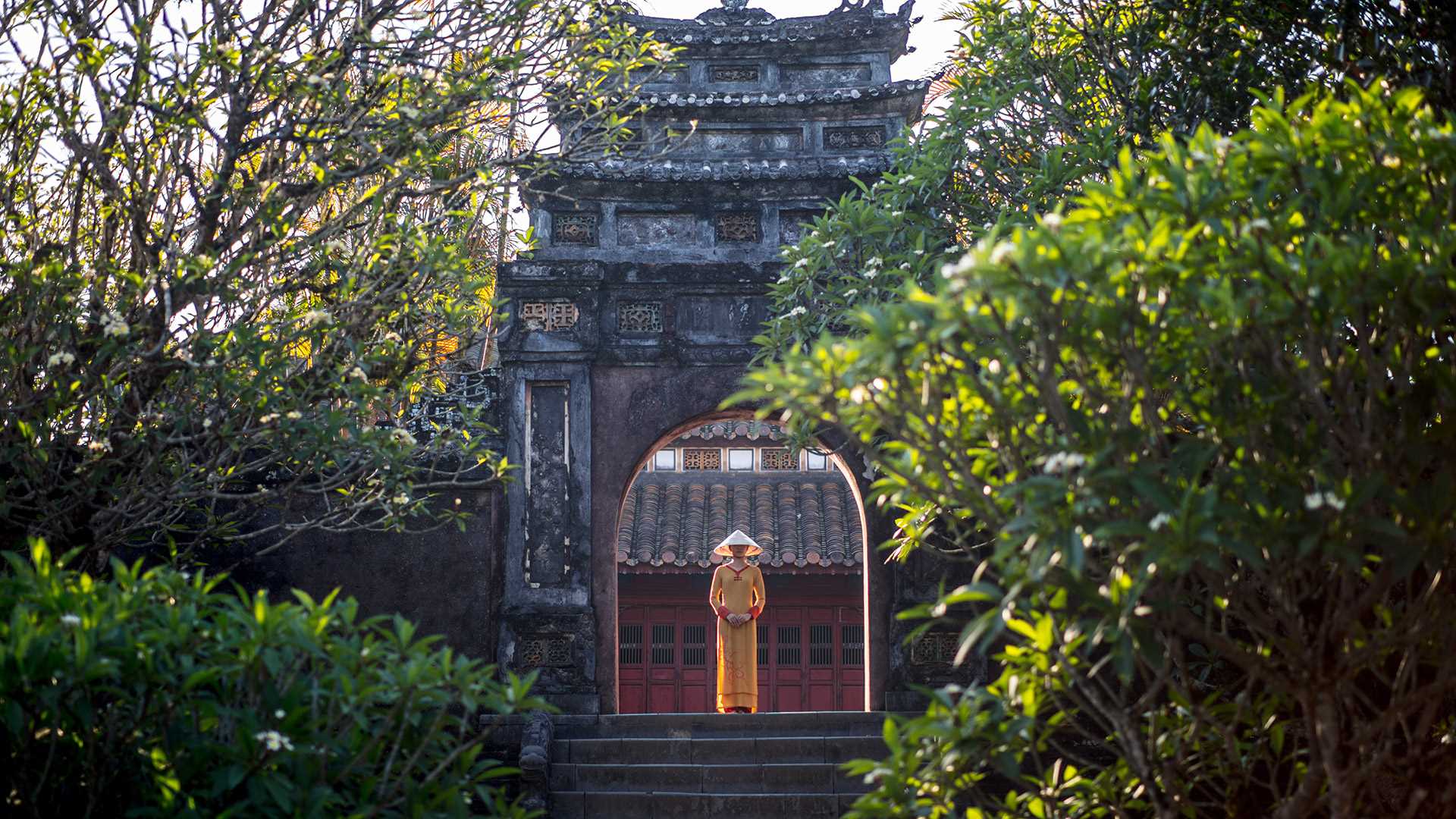
As the imperial capital of Vietnam from 1802 to 1945, Hue is now still considered as the cultural centre of Vietnam with the Complex of Hue Monuments recognised as a UNESCO Heritage Site. The Complex was built during the reign of 13 Kings of the Nguyen Dynasty and consists of the Capital City (administrative buildings), Imperial City (royal palaces and shrines), Forbidden City (royal residences), King tombs and famous pogodas. Hue is renowned for a legacy steeped in romance, which is influenced by its royal past and gracefulness of its people.
The city also boasts cuisine that is regarded as the best in the country by locals and international visitors alike. The culinary secrets of local traditions focus on the harmony between healthy food choices, tastes, decorations and colours to bring out the best in each dish. Be it a simple daily meal or a spread prepared for a royal feast, every course is thoughtfully prepared to enhance the dining experience.
BACH MA
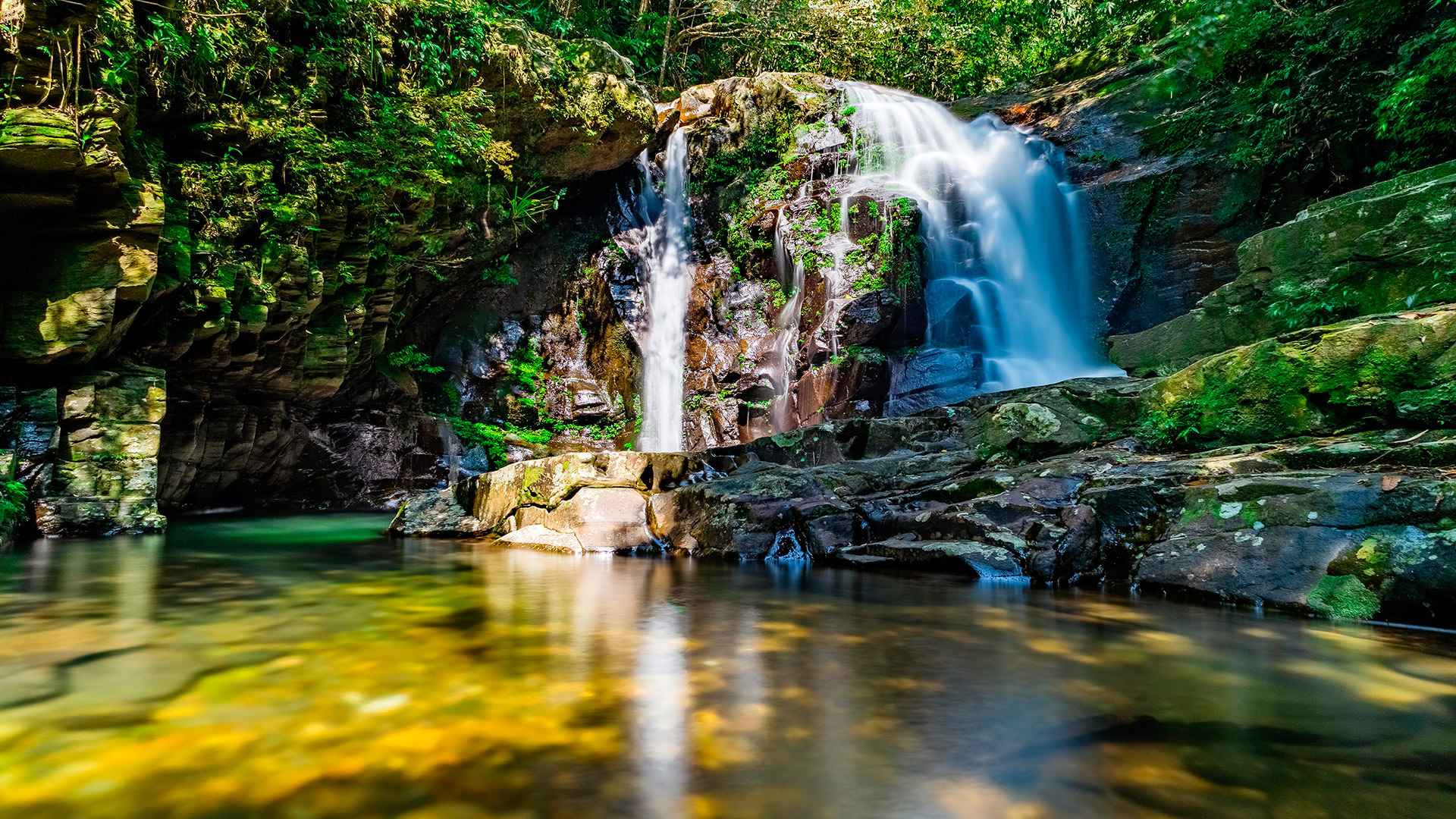
Bach Ma National Park is a must-visit spot for wildlife enthusiasts. The national park was established in 1991 with a total area of 22.031 hectares and was further expanded larger in 2008 in order to better protect the ecological system. Bach Ma was recognised as one of the biodiversity centres of Indochina for its ecological diversification.
Bach Ma’s peak stands at 1,450 metres in height and is covered by clouds all year round. Tourists can also observe the collapsed buildings, which were once constructed under the French colonial period, on the peak and surrounding mountainsides. It is approximately 25 kilometres away from Laguna Lăng Cô.
DA NANG
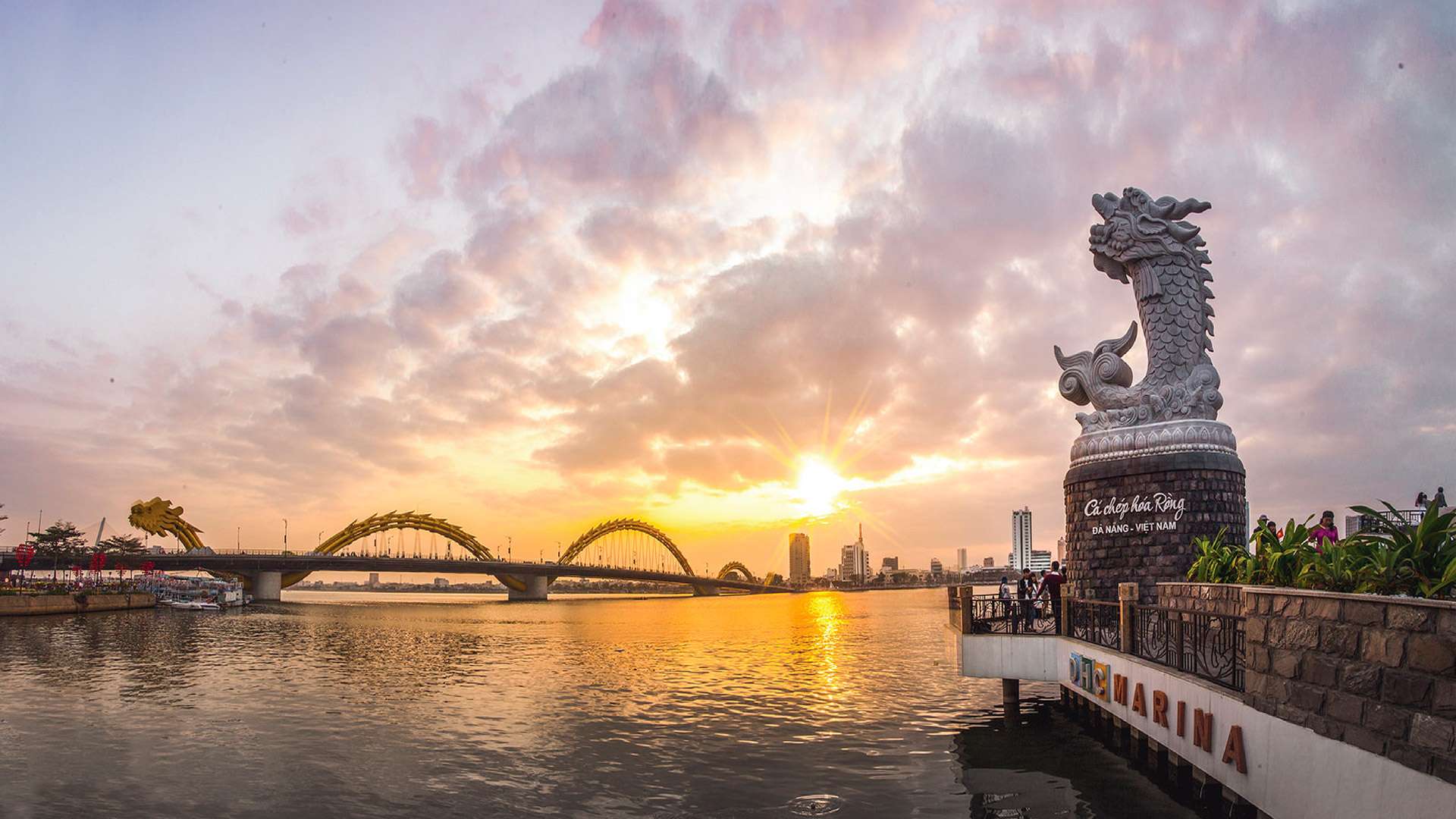
Located in Central Vietnam, Da Nang is now the remarkably emerging commercial centre in Vietnam. While the city presents a modern look, many statues, sculptures and reliefs recovered from Mỹ Sơn are actually dated from the 4th to 14th century. These relics are kept in the Museum of Cham Sculpture, near the Han River in the heart of Da Nang, revealing the beauty of Hindu and Buddhist religious themes. Another tourist attraction in one of Vietnam’s major port cities is the Marble Mountains, the rocky limestone outcrops jutting out of the beach just south of the city.
It is the home to various artisans who are known for their intricate sculptures and artworks using precious stones. Besides sea travel, Da Nang’s ideal location makes it easily accessible by air. Da Nang International Airport is right in the city with direct flights that connect to various countries such as Singapore, Hong Kong, and Malaysia.
HOI AN
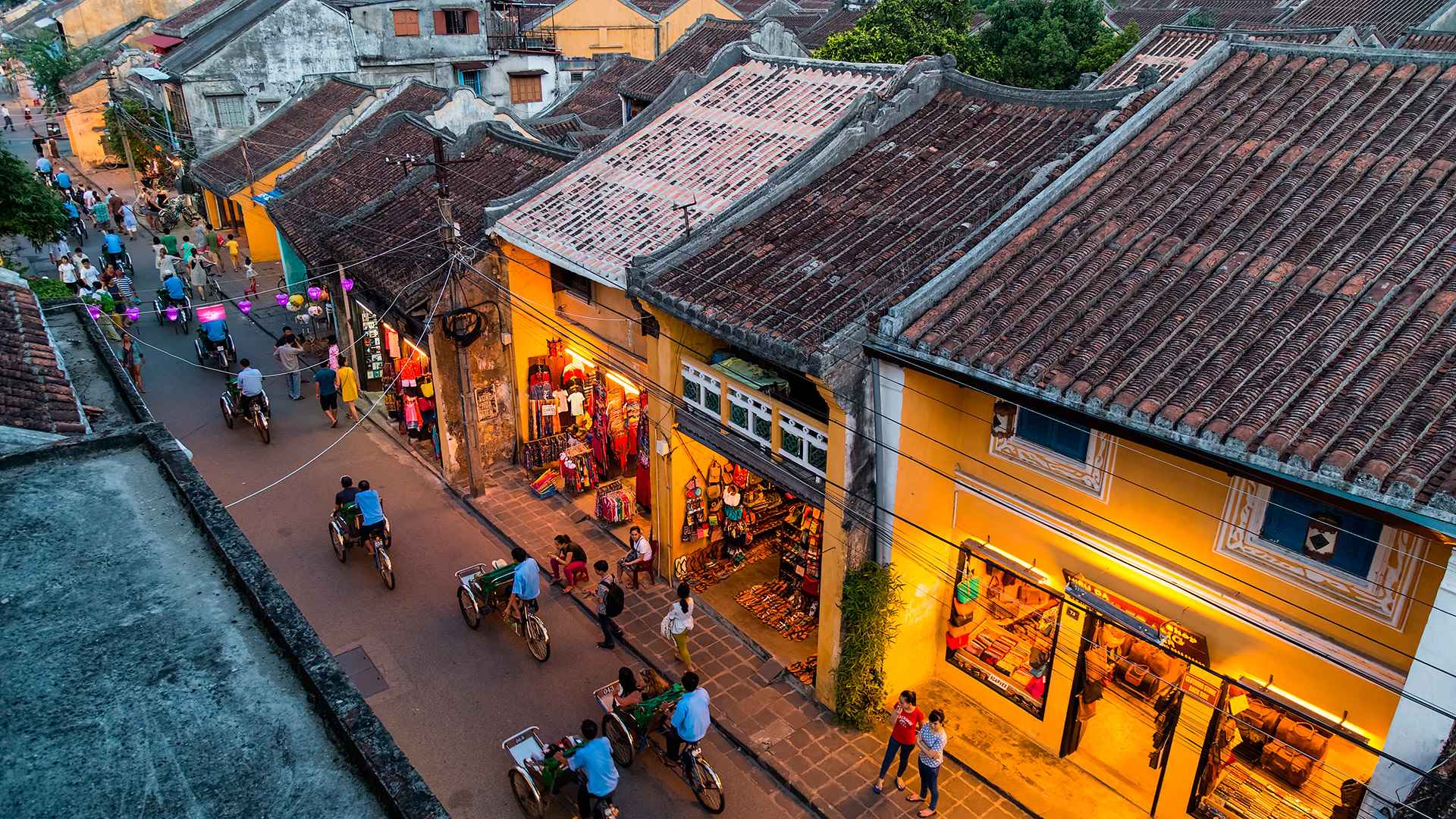
Recognised as a UNESCO Heritage Site, the historic town of Hoi An is an exceptionally well-preserved example of a South East Asian trading port dating from the 15th to the 19th century. Lying on the banks of Thu Bon River of the Quang Nam Province, its buildings and streets reflect both indigenous and foreign influences that have contributed to the charm of this unique heritage site. Discover a slice of Vietnam’s history at every turn, as most buildings are kept in the traditional architectural style reminiscent of the 19th and 20th century. Take a literal walk down memory lane and experience the distinct culture of Hoi An that has remained unchanged through time, which includes a ban on motor vehicles within the area of the Old Quarter.
There is no better testament to the town’s rich history than the beautiful houses with elaborately carved wooden facades and moss-covered tile roofs that have withstood more than 300 years of weather and warfare. A trip to Hoi An will certainly pique the senses. Visitors strolling through the picturesque lantern-lit streets with also be pleasantly surprised by the subtle scent of incense wafting through the air, as well as the rythmic sound of pagoda bells ringing throughout the neighbourhood.
MY SON
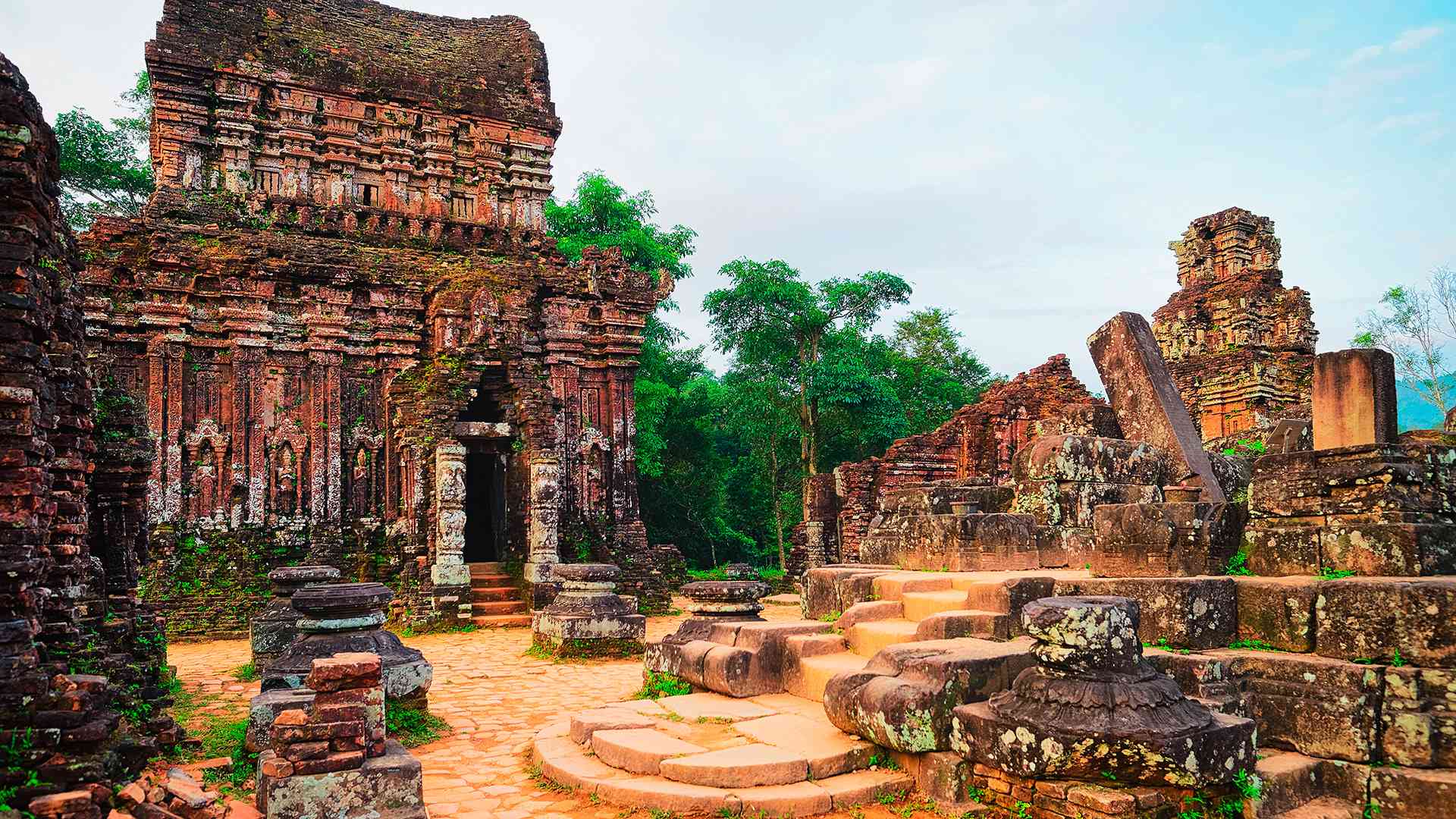
Situated 70 kilometres away from Da Nang, the My Son Sanctuary was an imperial city during the Cham dynasty, which dates between the 4th and 12th centuries. The My Son Sanctuary is a large complex of religious relics that comprises more than 70 architectural works. They include temples and towers that connect to each other with complicated red brick designs. According to records on the stone stele, the prime foundation of the ancient My Son architectural complex was a wooden temple to worship the Siva Bhadresvera genie.
In the late 16th century, a major fire destroyed the temple. Step by step, scientists unveiled historical mysteries. Through stone steles and royal dynasties, they proved My Son to be the most important Holy Land of the Cham people from the late 4th to 15th centuries. Lauded for its rich histororical value, the architecture was recognised as a Heritage Site by UNESCO in 1999.
